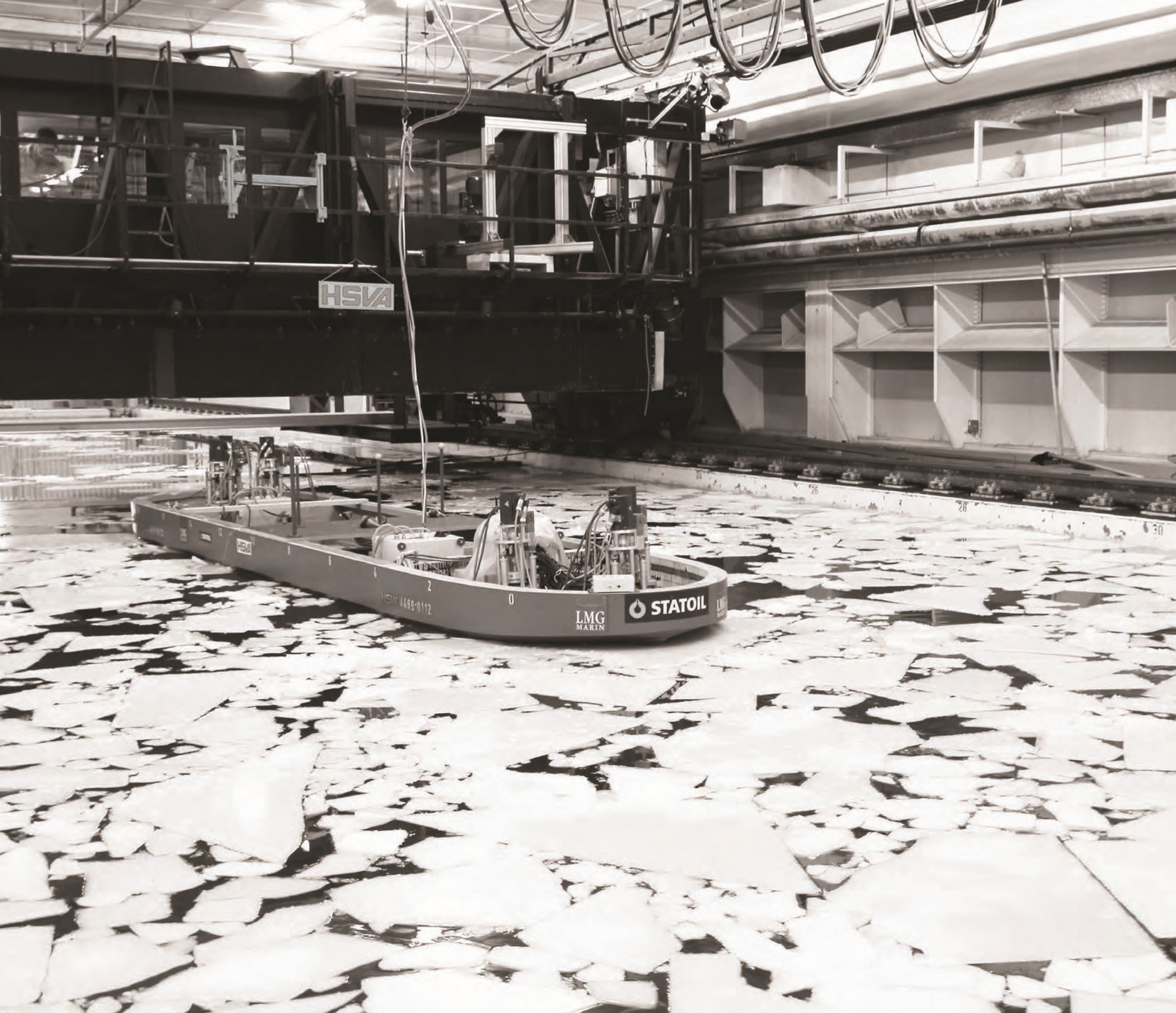PROJECT STAGES
Statoil’s long-term objective is the commercial availability of a DP system, but the complex nature of the technology requires it to be developed in stages. The DYPIC project mainly focuses on getting a fully-automatic DP system working in a test environment.
Initially, physical model tests are being used to determine the necessary input parameters for a full-scale DP system. Data from test results is used to improve the DP system and provides millions of parameters for the development of numerical modelling, done by NTNU. The modelling supplements physical testing, and in turn helps to further enhance the technology. According to Kongsberg project lead, Torbjørn Hals, the project has been highly successful so far.
“We are about halfway through the project, with extensive testing having already been conducted in the HSVA model basin. Analysis from the results has helped us to improve the DP system in the test vessel. Data has also been funnelled back into preliminary numerical modelling,” he says.
WHEN ICE ISN'T ICE
The famous urban legend claims that Eskimos have hundreds of words for snow. Those involved in the DYPIC project must be tempted to create a few of their own for ice, in order to describe the many variations in ice conditions that have unique and drastic effects on vessels and their DP systems.
Varying degrees of ice thickness, flows, density, ice accumulation on ships and sudden increases and decreases of pressure are just some of the many factors that affect the station keeping ability of vessels. The DYPIC project focuses mainly on broken and managed ice. This is due to thick ice posing too difficult a problem and the fact that DP operations will be supported by physical ice management (i.e. ice breakers).
Add a list of other variables including the unique characteristics of each vessel and the need to ensure safe redundancy levels, and you start to see why, according to Gürtner, the project requires the expertise of several partners to achieve a successful outcome. “The DYPIC project is very complex and would not have been a realistic undertaking without incorporating the expertise of the partners involved. Statoil has a tradition of technology development in cooperation with other industry leaders. If you are serious about creating an innovative solution to a complex problem, a collaborative effort is vital,” explains Gürtner.

